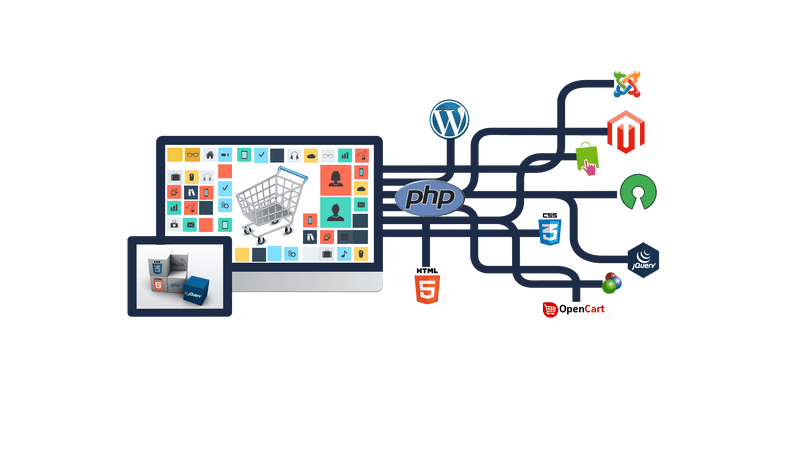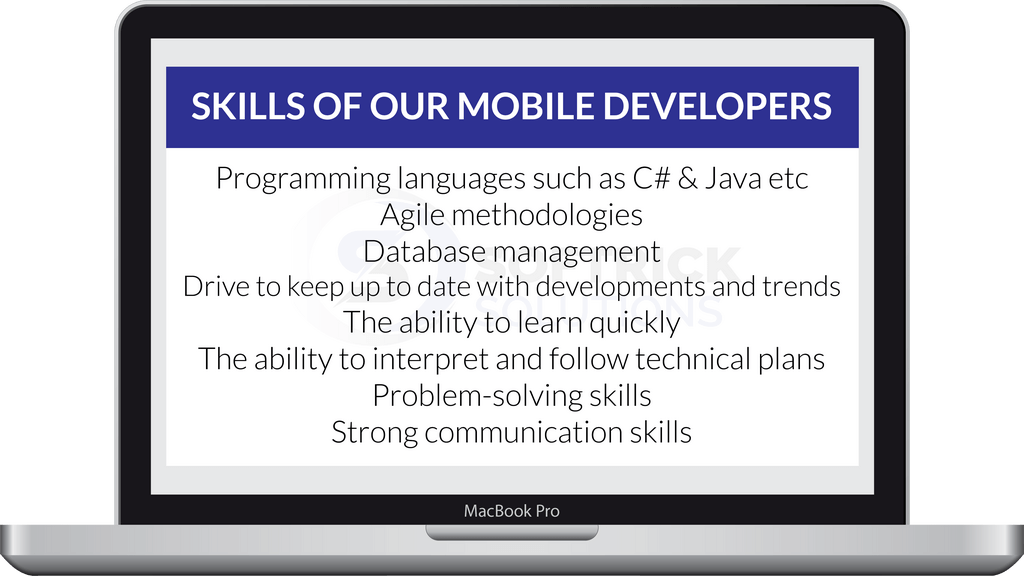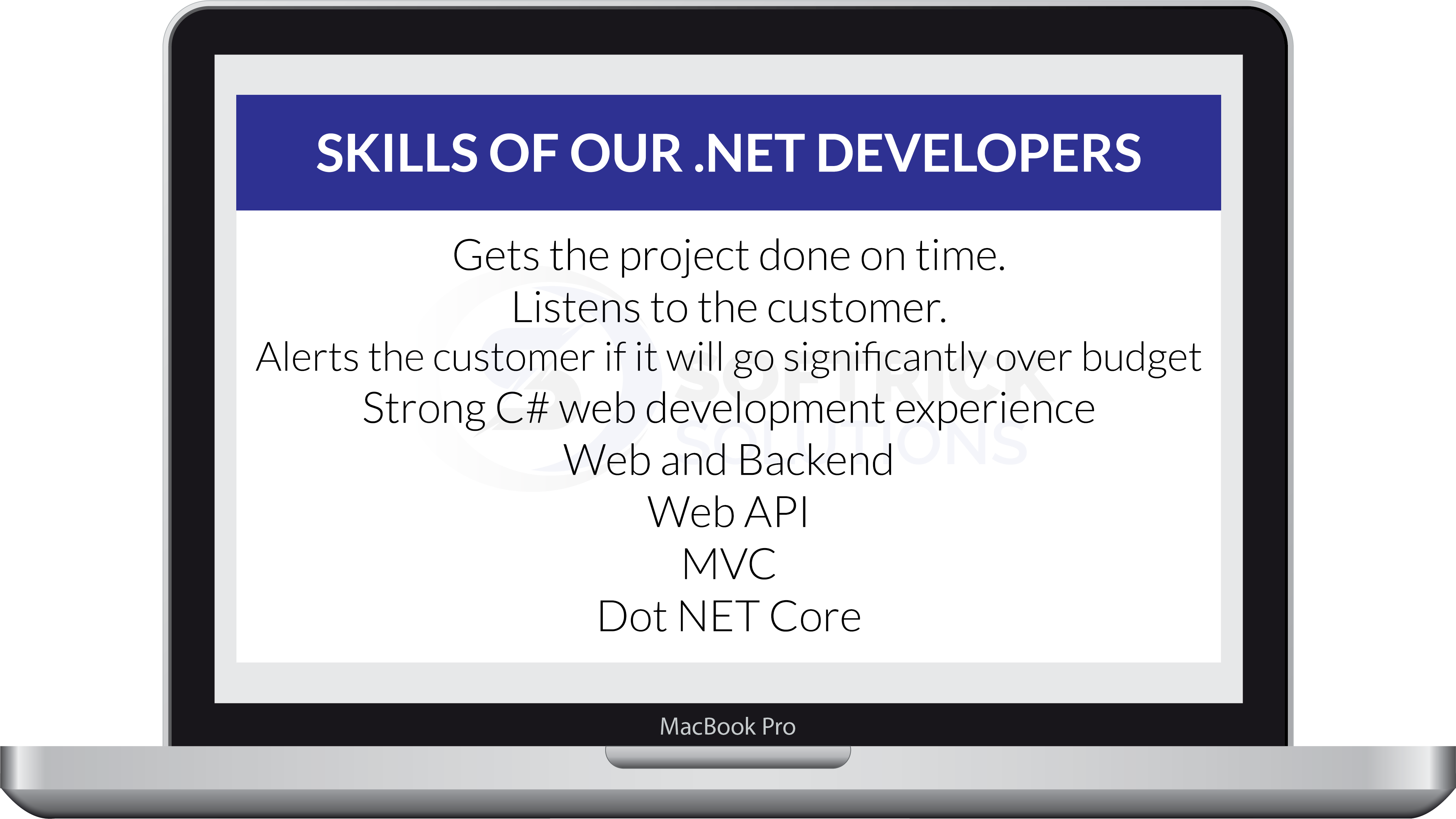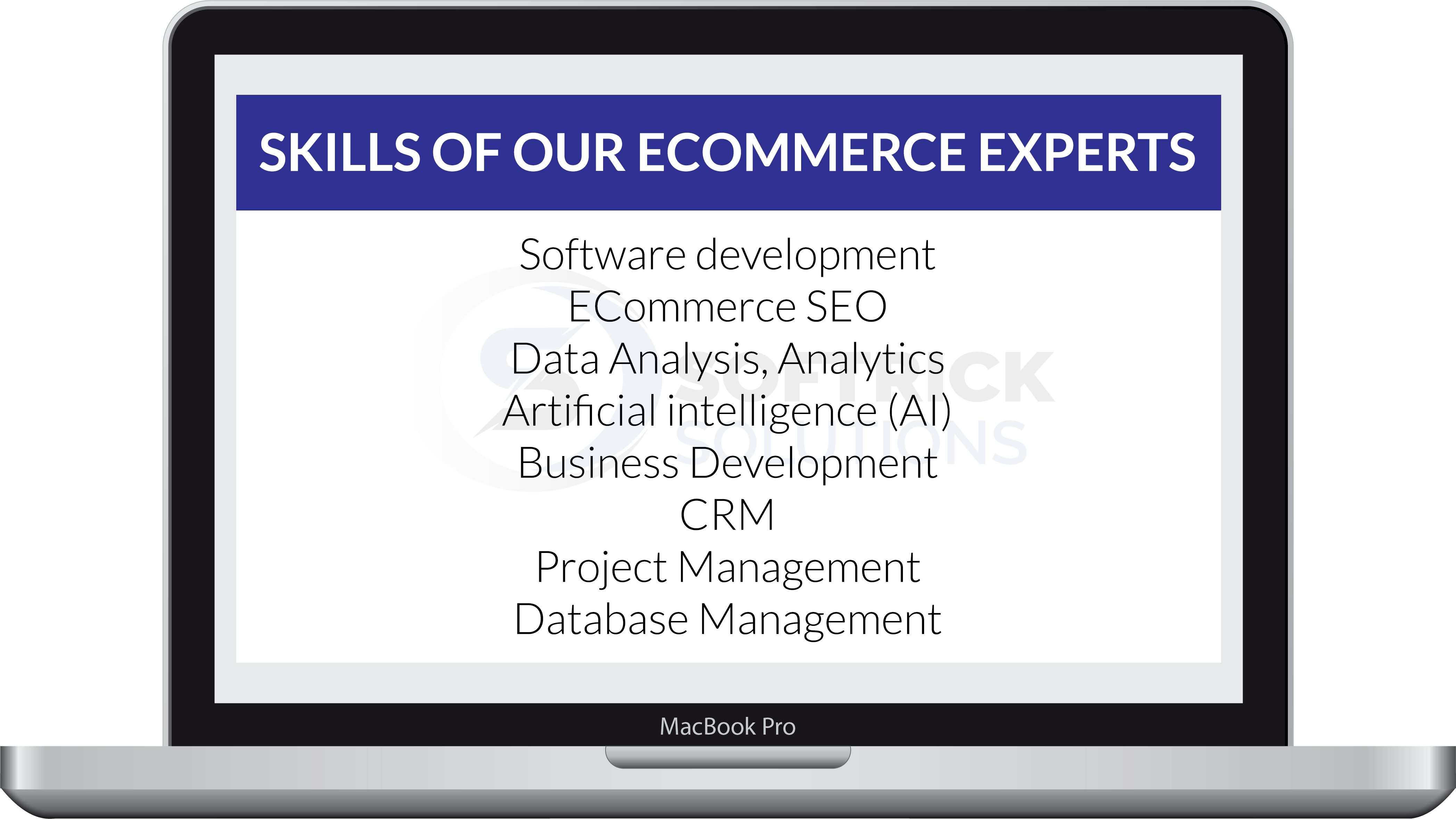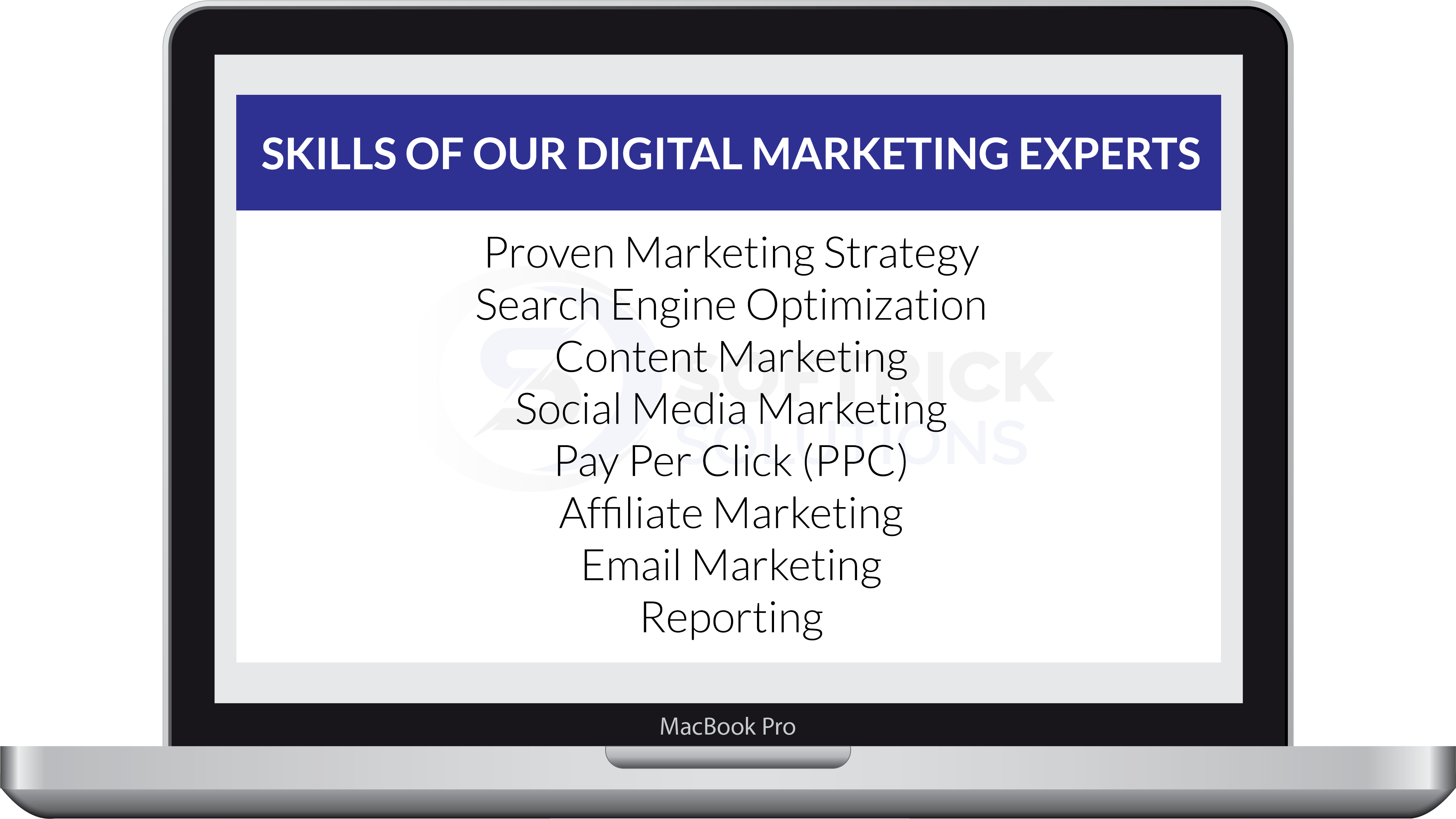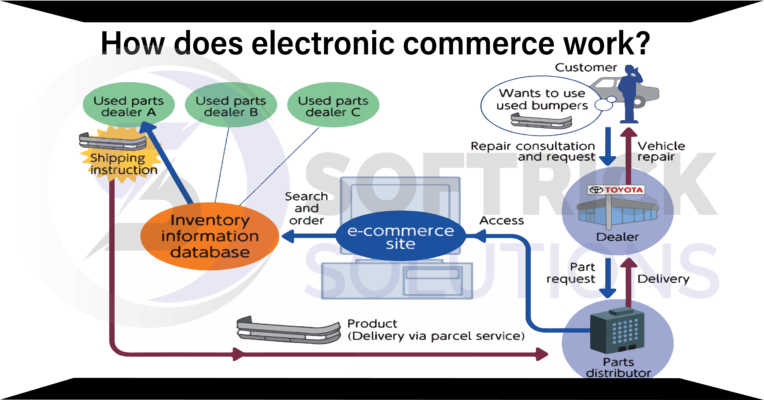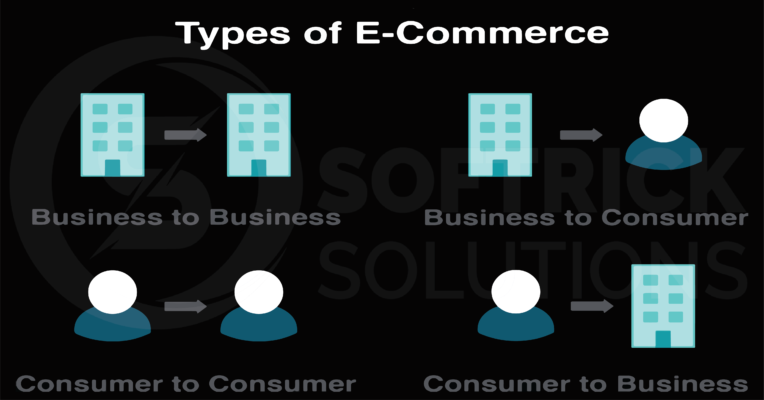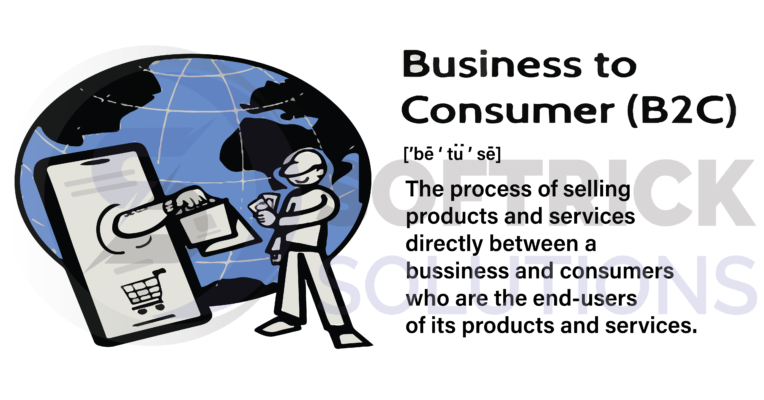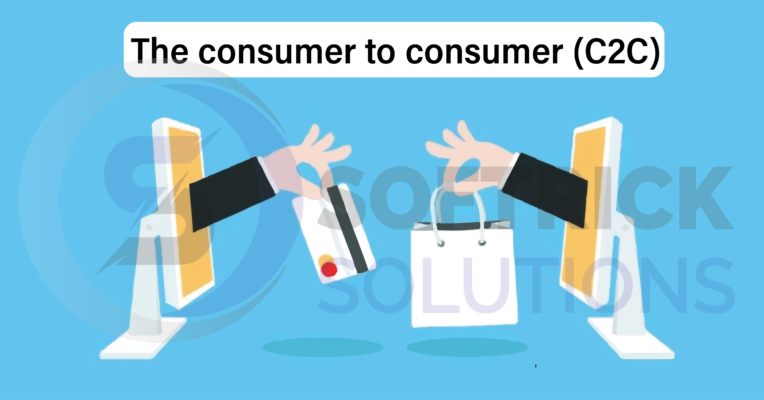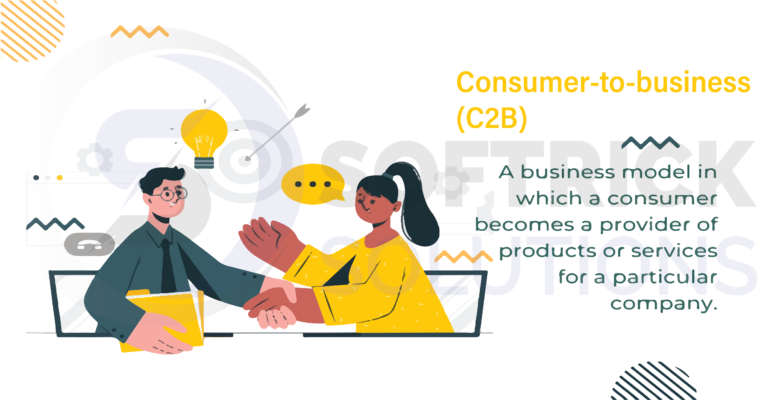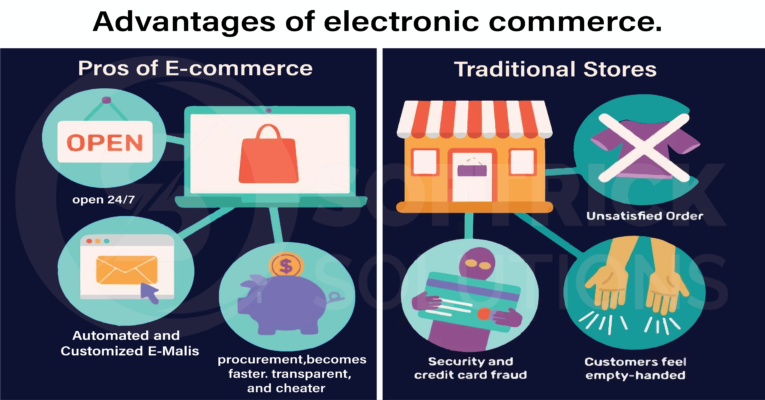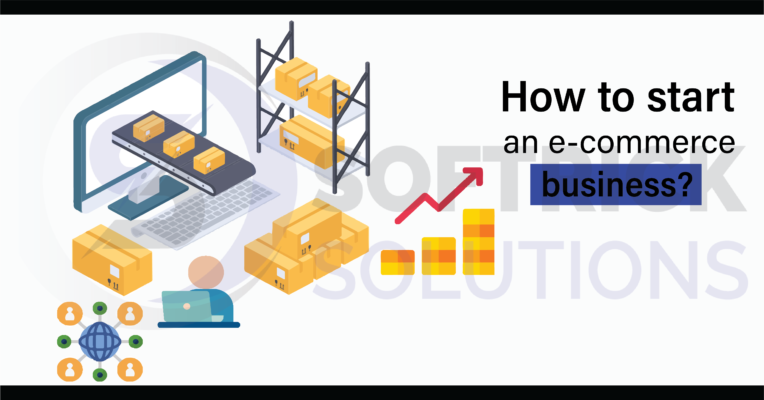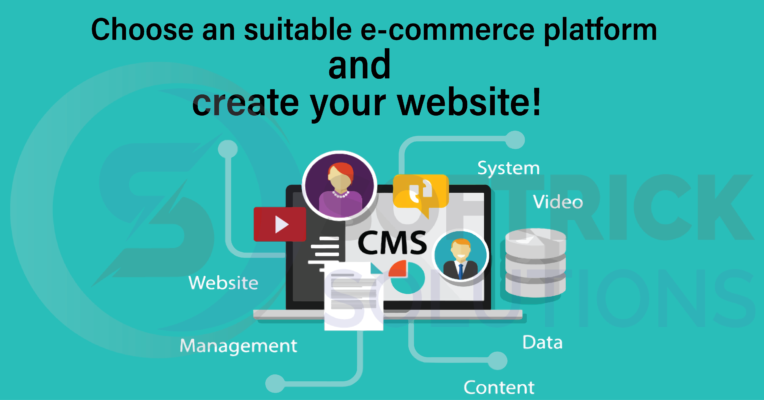Just as starting any business, learning how to start an e-commerce business is not always easy, but configuring, throwing, and keeping sites where entrepreneurs, designers, and creators of all kinds can sell their products is more attainable than ever.
Electronic commerce companies, which are companies that transmit goods, services, and funds over the Internet, vary in size and scope, from retail giants, such as Amazon to Etsy Craft Sites. Online purchases are just one of the many areas that have seen extensive growth in the last five years. According to a report by the United States Census Office, only in the third quarter of 2019, US-trading sales amounted to approximately $ 154.5 billion, representing 11.2% of all retail sales in the nation.
Depending on your goals, it may make sense to start an e-commerce business. After all, without the need for an e-commerce companies offer greater flexibility, affordability, and opportunity for many entrepreneurs, how do you start exactly an online business? This guide is here to help.
We will descend how to start an e-commerce business in seven simple steps so that you have all the information you need so that your online business is working at any time.
How does electronic commerce work?
Electronic commerce is driven by the Internet, where customers can access an online store to navigate, and order products or services through their own devices.
As the order is placed, the client’s web browser will communicate forward and backward with the server houses the online store website. The data belonging to the order will be transmitted to a central computer known as the order manager, then forwarded to the databases that administer the inventory levels. This is to make sure that the store inventory and customer funds are sufficient for the order to process. After validating the order, the Order Manager will notify the Web server of the store, which will then show a message notifying the customer that your order has been successfully processed. The Order Manager will send order data to the storage or compliance department so that the product or service is successfully sent to the client.
The platforms that host e-commerce transactions may include online markets that sellers simply register, such as Amazon.com; Software as service tools (SaaS) that allow customers to rent ‘online store infrastructures; o Open source tools for companies to use internal development to administer.
Types of e-commerce
The business e-commerce to business (B2B) refers to the electronic exchange of products, services, or information between companies instead of between companies and consumers. Examples include online directory and product exchange websites that allow companies to search for products, services, and information and initiate transactions through electronic acquisition interfaces.
Business to consumer (B2C)
Business to consumer (B2C) is the retail part of electronic commerce on the Internet. It is when companies sell products, services, or information directly to consumers. The term was popular during the dot-com boom at the end of the 1990s when online retailers and good sellers were a novelty.
Nowadays, there are innumerable virtual stores and shopping centers on the Internet that sell all kinds of consumer goods.
The consumer to consumer (C2C)
The consumer to consumer (C2C) is a type of electronic commerce in which consumers trade products, services, and information with each other online. These transactions are generally performed through a third party that provides an online platform in which transactions are made.
Consumer-to-business (C2B)
Consumer-to-business (C2B) is a type of electronic commerce in which consumers make their products and services available online for companies to bid and buy. This is the opposite of the traditional B2C trading model.
A widespread example of a C2B platform is a marketplace that sells design, images, media, and design elements without royalties, such as stock.
Administration companies (B2A) refer to transactions carried out online between companies and public administration or government agencies. Many branches of government depend on electronic services or products in one way or another, especially when it comes to legal documents, records, social security, fiscals, and employment. Companies can supply them electronically.
The consumer to the administration (C2A) refers to transactions carried out online between individual consumers and public administration or government agencies. The government rarely buys products or services of citizens, but individuals often use electronic means in the following areas:
- Education. Dissemination of information, distance learning / online conferences, etc.
- Social Security. Distribution of information, the realization of payments, etc.
- Taxes. Presentation of tax returns, making payments, etc.
- Health. Make appointments, provide information about diseases, make payments for health services, etc.
Mobile electronic commerce (M-Commerce) is a type of electronic commerce about the increase that has online sales transactions performed using mobile devices, such as smartphones and tablets. M-Commerce includes mobile shopping, mobile banking, and mobile payments. Mobile chatbots also provide e-commerce opportunities to companies, allowing consumers to complete transactions with companies through voice or text conversations.
Advantages of electronic commerce.
The benefits of electronic commerce include their availability around the day, the access speed, the wide availability of goods and services for the consumer, easy accessibility, and international scope.
Availability: generally cuts or scheduled maintenance are the causes for sites not working, e-commerce sites are available 24×7, allowing visitors to navigate and buy at any time. Brick and mortar companies tend to be opened by a fixed number of hours and can even be fully closed on certain days.
Access speed: While buyers in a physical store can be decelerated by crowds, e-commerce sites run rapidly, which is determined by computing considerations and bandwidth in both the consumer device and on the e-commerce site. The product pages and the pages of the shopping cart are loaded in a few seconds or less. Wide availability: The first Slogan of Amazon was “the largest library on earth”. They could make this affirmation because they were an e-commerce site and not a physical store that had to store each one book on their shelves. E-Commerce Allows brands to make a wide range of available products, which are then sent from a warehouse after a purchase is made. Probably customers will be more successful to find what they want.
Easy accessibility: Customers who buy a physical store may have difficulty determining which corridor is a particular product. In electronic commerce, visitors can navigate the pages of the product category and use the site’s search function.
How to start an e-commerce business?
As we will discuss below, many of the planning and legal steps that should take will follow, will follow the same process (more or less) as any other business. However, once it is time to start your operation, you will see how an e-commerce business can be started. You can learn with Softrick Solutions.
Investigate the e-commerce space and find your niche.
The first step to learning how to start an e-commerce business is doing the necessary research. You will want to investigate the e-commerce area that is interested and make some decisions regarding your specific business.
For example, you will want to consider what you will offer exactly your e-commerce business. Will you be selling products or services? So, the question is If you are selling products what are they, physical or digital? Where will you get your products? In these lines, you will also want to think about the type of business model you want to use: will offer individual products, packages, subscriptions, or something else?
In addition, you will also want to think about a broader scale during this process: How will you get your products or services to your customers? How will your start costs be seen? Are there legal regulations or other regulations of your product or service you need to take into account?
These lines of questioning, among others, will be integral for the start of your business and will help you start creating and writing your business plan. This process will give you a better sense of your specific goals and how you are going to reach them. Particularly in the e-commerce space, an important part of this step is to find its niche.
Although the growth of the electronic commerce industry is a great benefit for those seeking to learn to start an e-commerce business, it also means more competition. You will want to conduct competitors and find a space where you think you can set your brand and find success in the sale of products and services.
Select your business name and choose a structure
Once you have solidified the plan for your e-commerce business, the next step is to choose a name. It is likely that you want to consult your Secretary of Website, as well as the United States Patent and Trademark Office to ensure that you are not choosing a commercial name that has been claimed by another company.
Although you will not want to invest too much time in a website, it will be worth checking if your potential business domain name is available. If you are currently being used your domain name, you can consider a different commercial name or a different structure, such as “your business name.com” instead of “yourbusinessname.com”.
Next, choose the legal structure of your company. The type of commercial entity you choose will have important legal and financial implications for your e-commerce operation. In general, it will choose to create a unique property, General Partnership, LLC or Corporation. There are benefits and disadvantages to each of these types of entities, so you can decide to consult a lawyer or other legal professional to obtain advice on the best option for your business.
If you choose to start an exclusive property or a general association, you will not really have to register in the state where it is operating. Instead, your company will legally associate under your individual name, which means that if you wish to operate under the name you have chosen, you must need to submit a DBA request or “do business as” with your local government.
Choose an suitable e-commerce platform and create your website!
At this point, you have completed the paperwork required to register and legally start your e-commerce business. In this way, most of our steps until now have reflected the process of starting a brick-and-mortar business.
Like a physical showcase, this website will be the face of your business, is what your customers will see first and what you will use to navigate and buy your products or services. You will want to consider some different points as you develop your online store:
First, you will want to think about your domain name, as we mentioned previously. You will want your domain name (at least closely) matched to your business name. Throughout these lines, and perhaps your most important decision will be to choose an e-commerce platform. Whether a software all in one, such as Shopify, or an open-source platform, such as Magento, its e-commerce platform will be the basis you use to build and develop your online store.
Most e-commerce platforms not only allow you to create and throw your online store but also customize your design, add your domain (or buy one), manage the inventory orders, take and send, receive the payment, and more.
These platforms available in the market, you can consider any of the following popular solutions to start your e-commerce business:
Shopify:
Perhaps the best-known and popular e-commerce software out there, Shopify offers an all-inclusive solution and is easy to use with a variety of add-ons. You can buy a Shopify subscription on one of the four plans, starting with Shopify Lite at $ 9 per month (this plan does not include a full online store)
Woocommerce
If you have already started a WordPress site, or you are familiar with the platform, you can download WooCommerce to start selling on your WordPress site. This complement is open source, free to download, and includes the full range of e-commerce functions. However, compared to Shopify, WooCommerce is best suitable for business owners who have some technical knowledge to take advantage of their open-source nature.
As you can see, there is a lot involved with this step and a variety of important considerations to take when choosing the appropriate platform for your e-commerce business. You will want to think about costs, usability, and more, finally, as the backbone of your e-commerce business, you will need a functional system that allows you to upload and manage your operations in a day.

